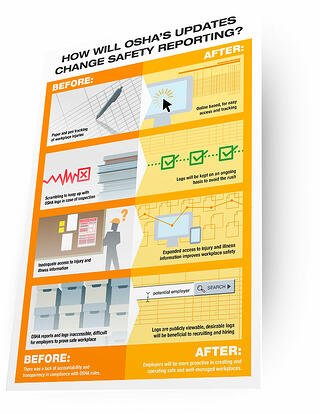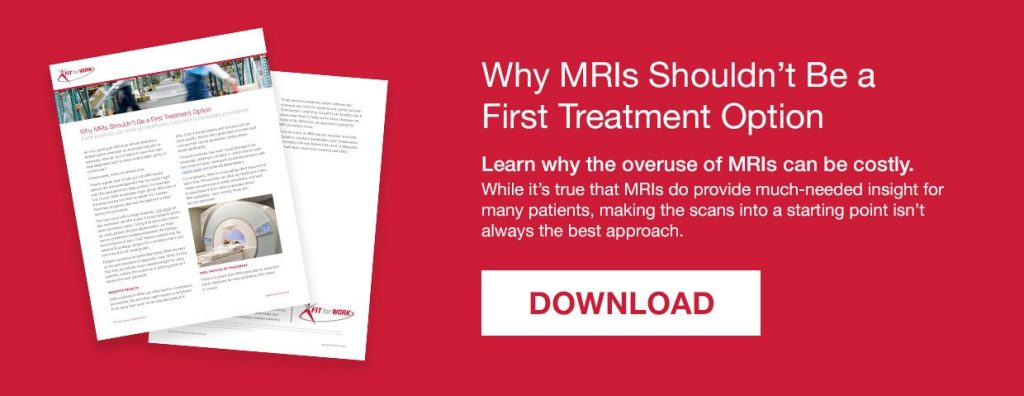A question often asked is, “What are ergonomic risk factors and which ones are worse than the others?” The answer to that question is not as straightforward as it may seem… First, the most common ergonomic risk factors are: Force Physics 101 defines force as the product of mass multiplied by acceleration. In the industrial world, this translates to the heavier the item and/or the greater the range of the lift; i.e. from floor to overhead, the greater the potential/severity of injury. Repetition (Continuous motions) After performing a meta-analysis of the literature, there is not a universally accepted definition of what a repetitive movement is. There are too many variables to consider, such as the muscle groups being utilized to perform the actions and the amount of rest/recovery time. For these reasons, repetition can also be defined in terms of time or percentage of the work day, not just the total number of movements performed. Awkward Postures Awkward postures are postures resulting from the body being placed in a biomechanically disadvantageous position, which is a highly technical way of saying the body, or certain parts of it, are in positions that are forcing the bones, muscles, joints, tendons, and ligaments to work harder in order to accomplish what the person is trying to do. Contact Stress This occurs when certain parts of the body are placed against another object. For example, a person’s wrist placed against the sharp edge of a desk. This compresses the nerves and reduces blood flow, which causes alternating bouts of numbness and tingling and pain/sensitivity. Vibration This usually occurs in the forms of hand-arm vibration or whole body vibration. The effects from the frequency and shaking cause short-term and long-term effects very similar to contact stress, but also with the potential for symptoms such as nausea and vomiting from damage to internal organs. The other part of the question involves which ergonomic risk factor is worse than the others. The answer is…it depends. One risk factor, if severe enough can cause injury. The presence of two or more risk factors do not double or triple the potential for and severity of injury…it increases exponentially. Think of someone lifting a heavy item while twisting and bending at the waist for 75% of the day. Think of how much force is being placed on the spine. Please remember, though, that one risk factor is severe enough can actually be worse than two or more risk factors. The human body is usually very resilient, but performing those activities day-after-day, week-after-week, month-after-month results in cumulative trauma, which is why a person may get injured while bending to lift the keys they dropped. It wasn’t the weight of the keys that hurt their back, it was all the damage that was previously done. To answer the question of which ergonomic risk factor is the worst, the answer is that each risk factor has the potential to be the worst injury depending on the circumstances of the situation. For that reason, it is a good idea to proactively assess jobs and job processes for all ergonomic risk factors, and then develop controls and plans of action to mitigate the potential for work-related injury before today’s soreness and discomfort become tomorrow’s lost-time injury or surgical case.
Ergonomic Risk Factors: None is Better Than One…or Two…or Three…or…





